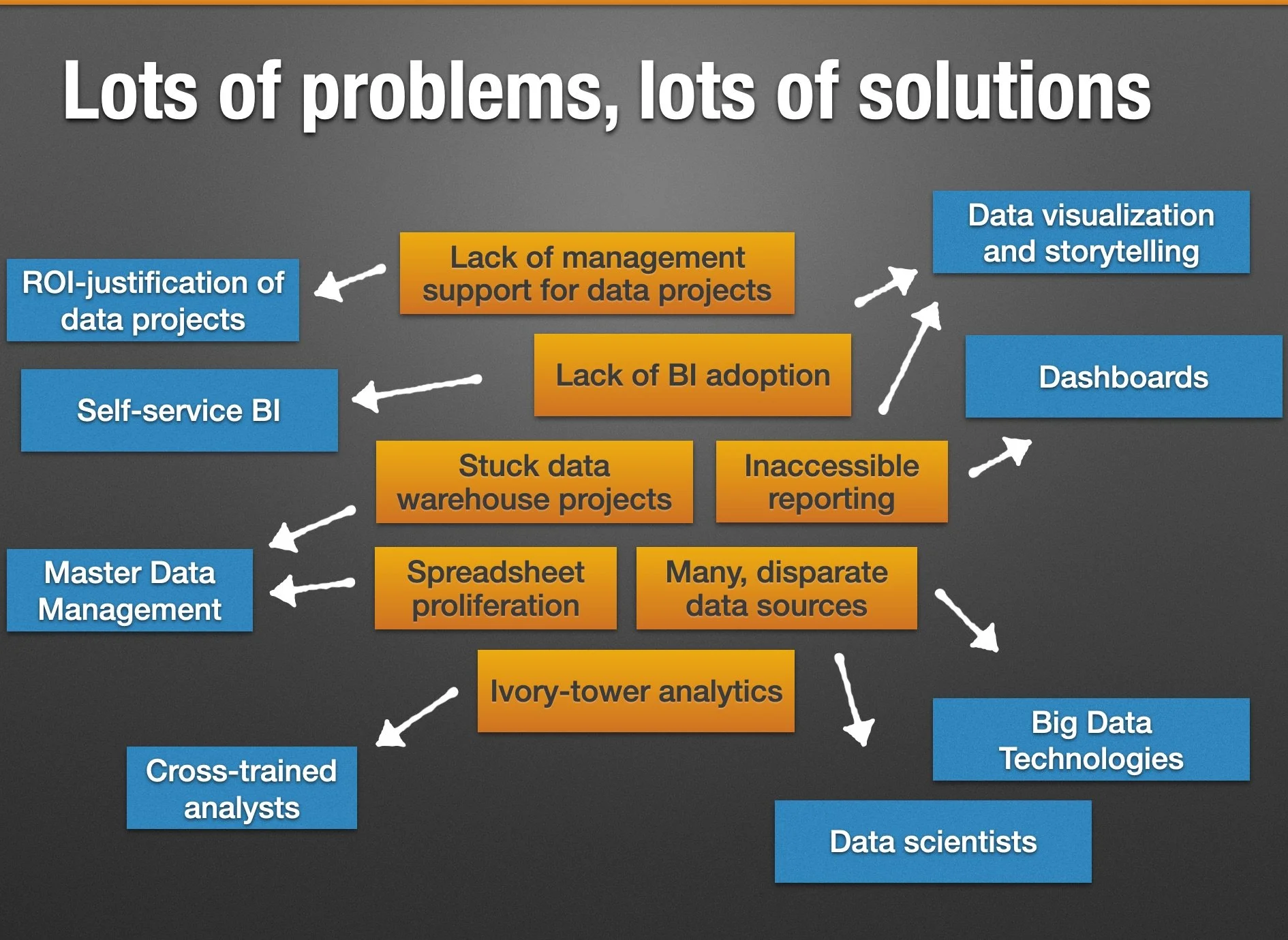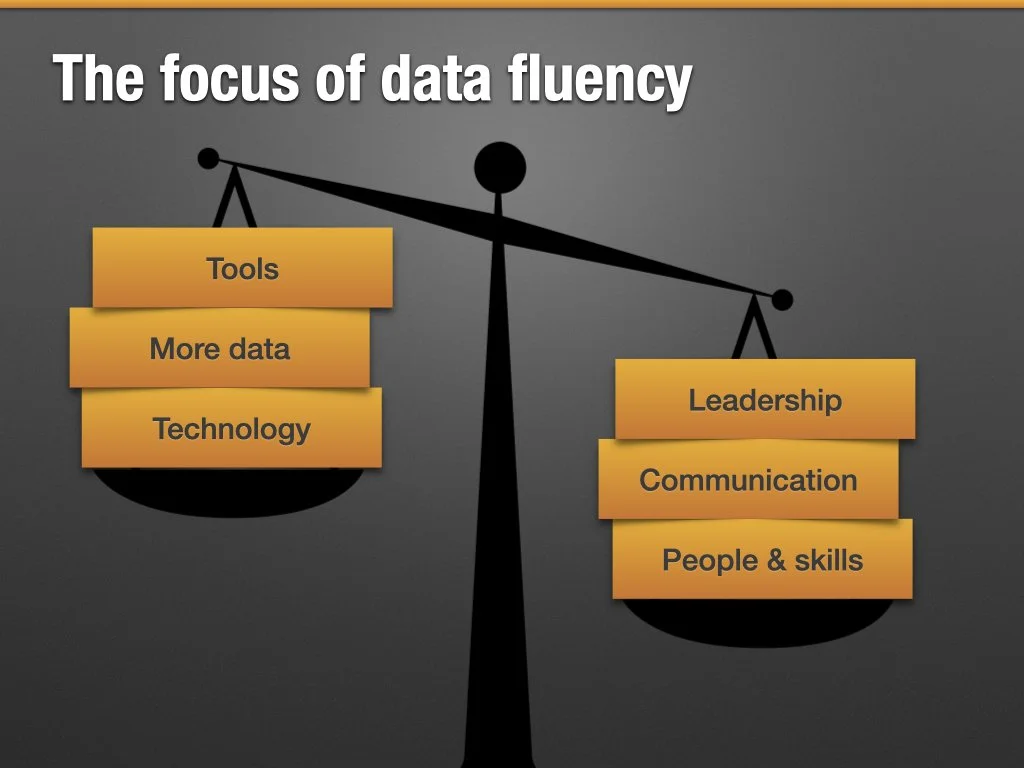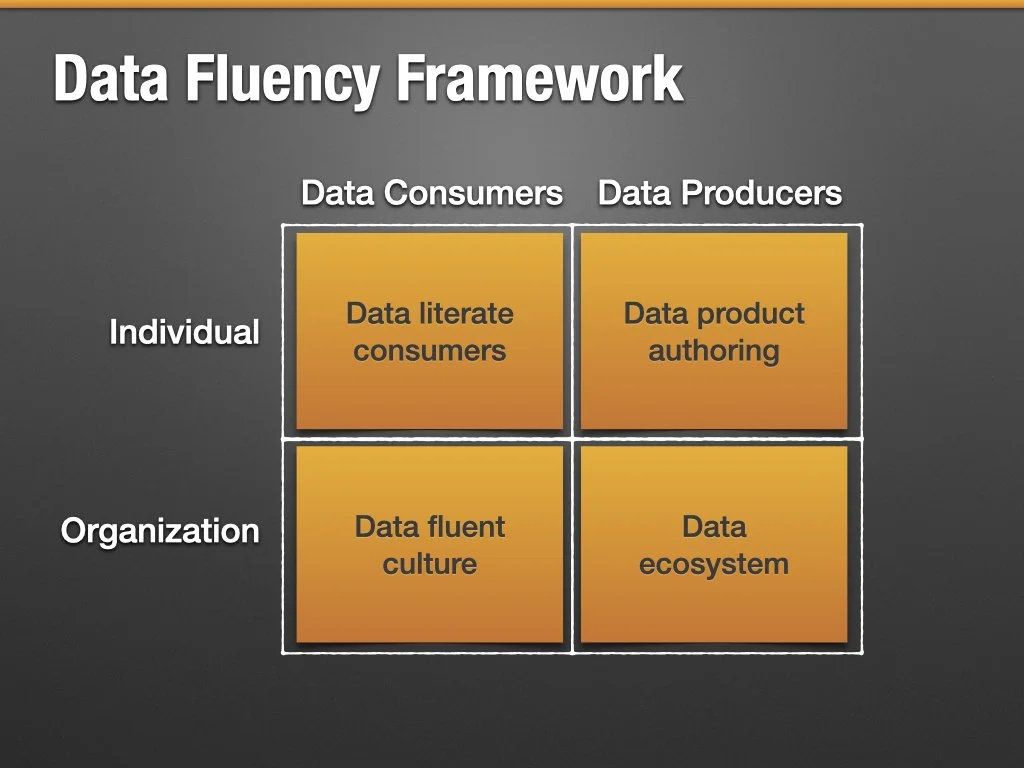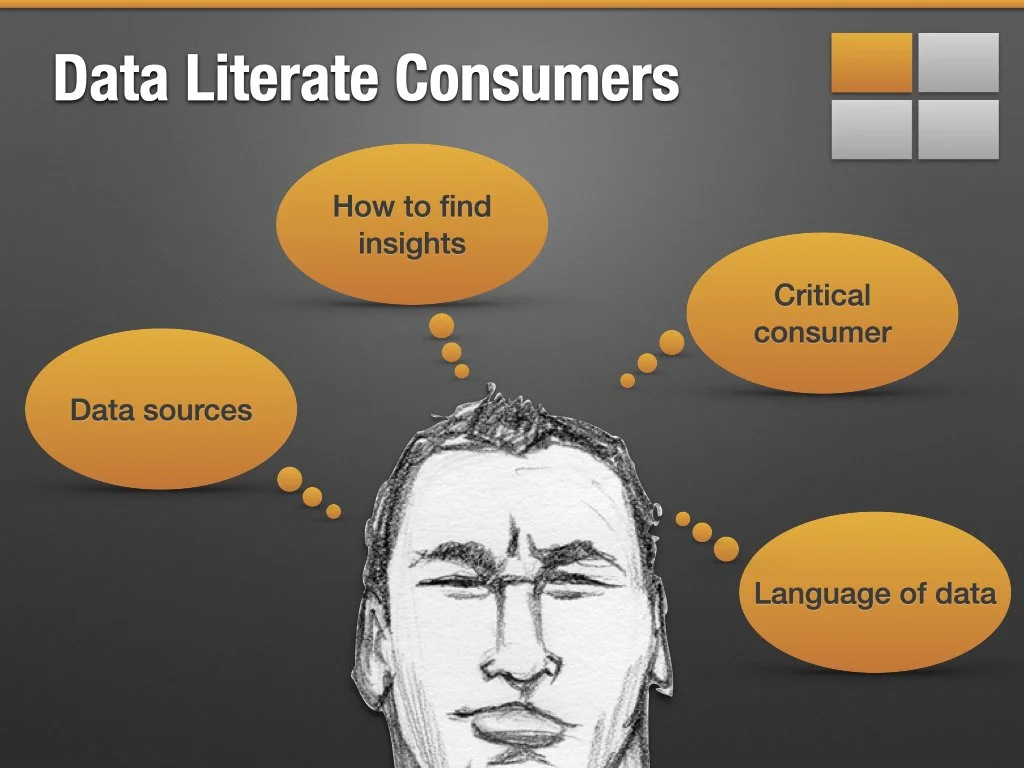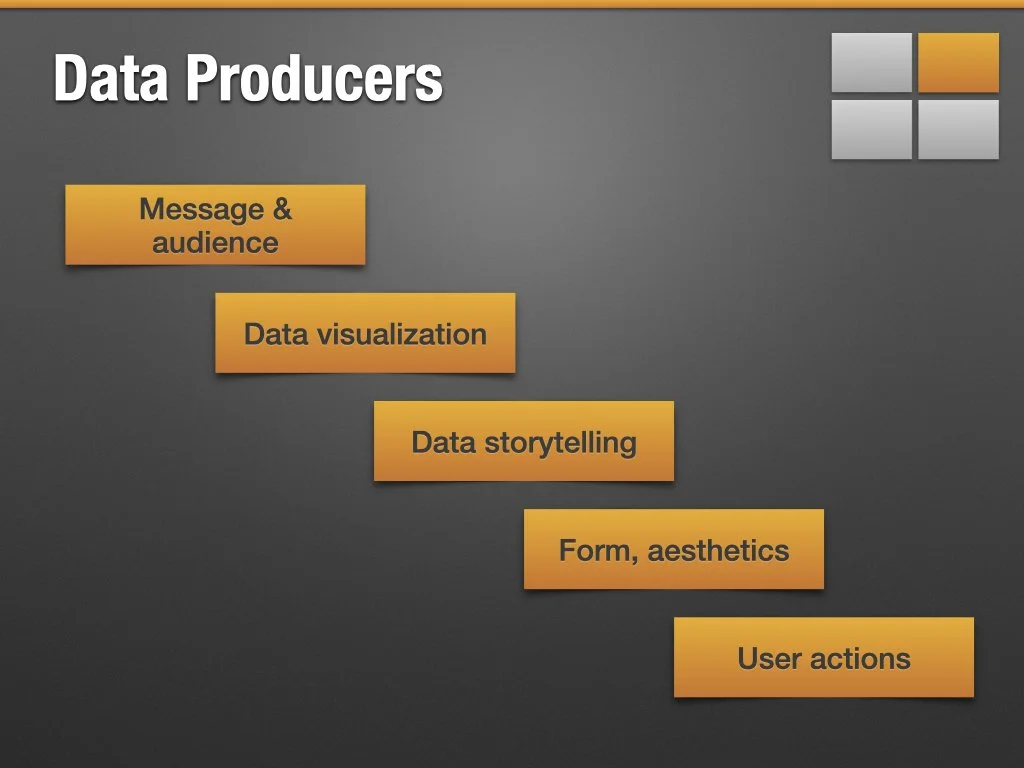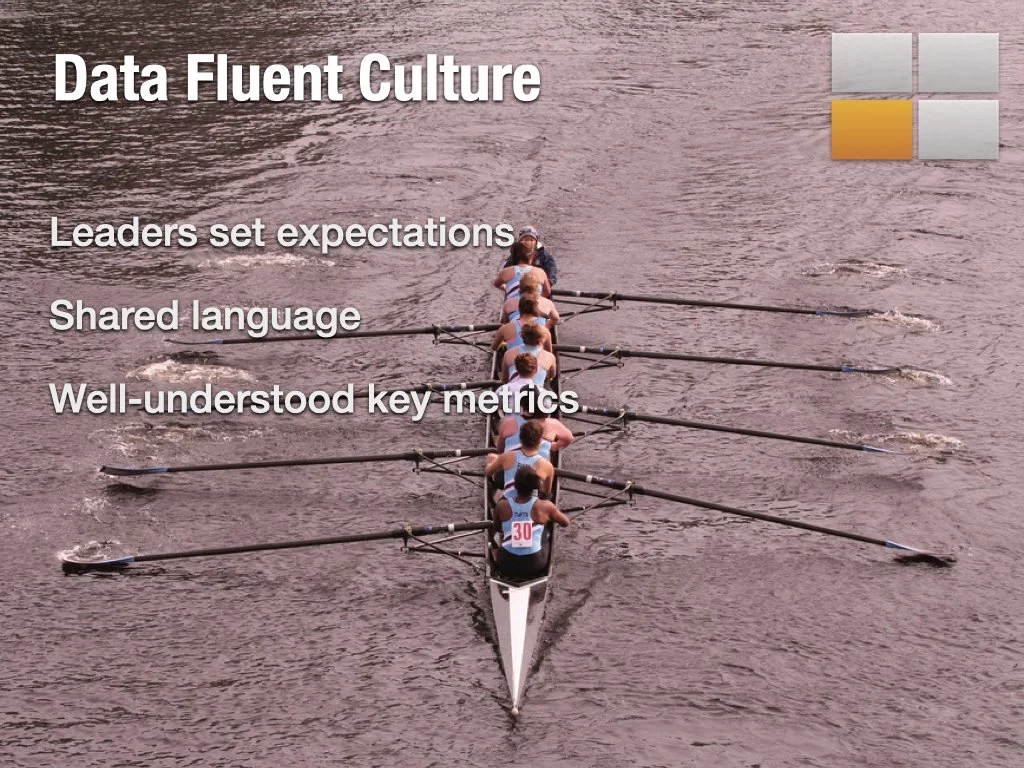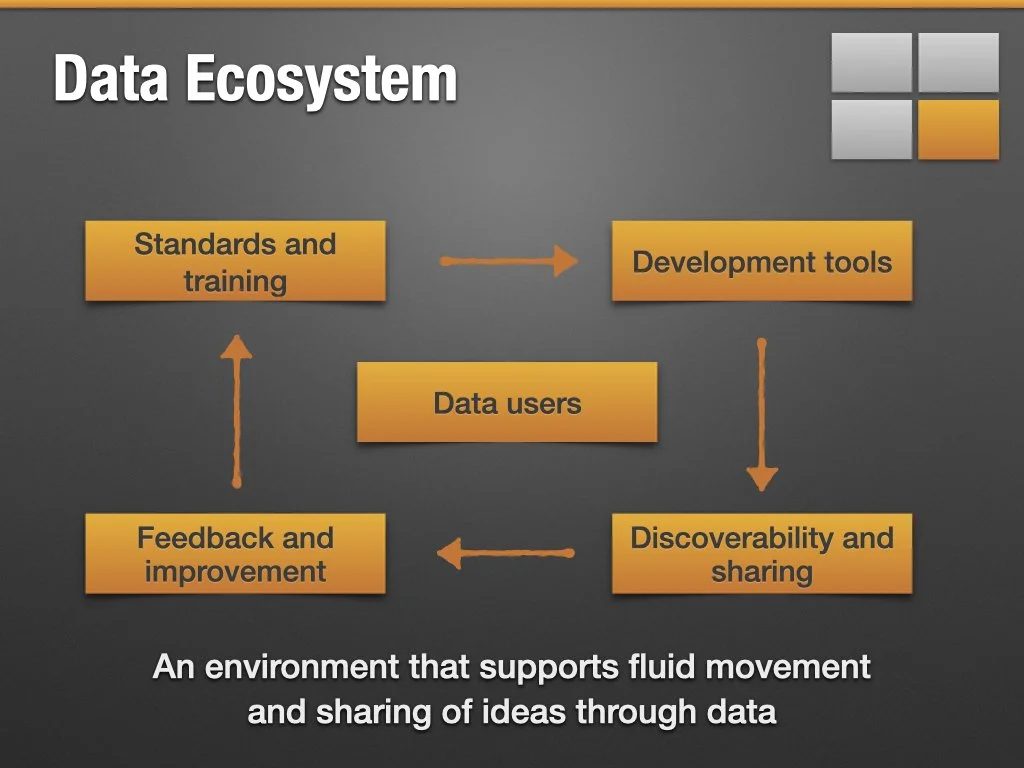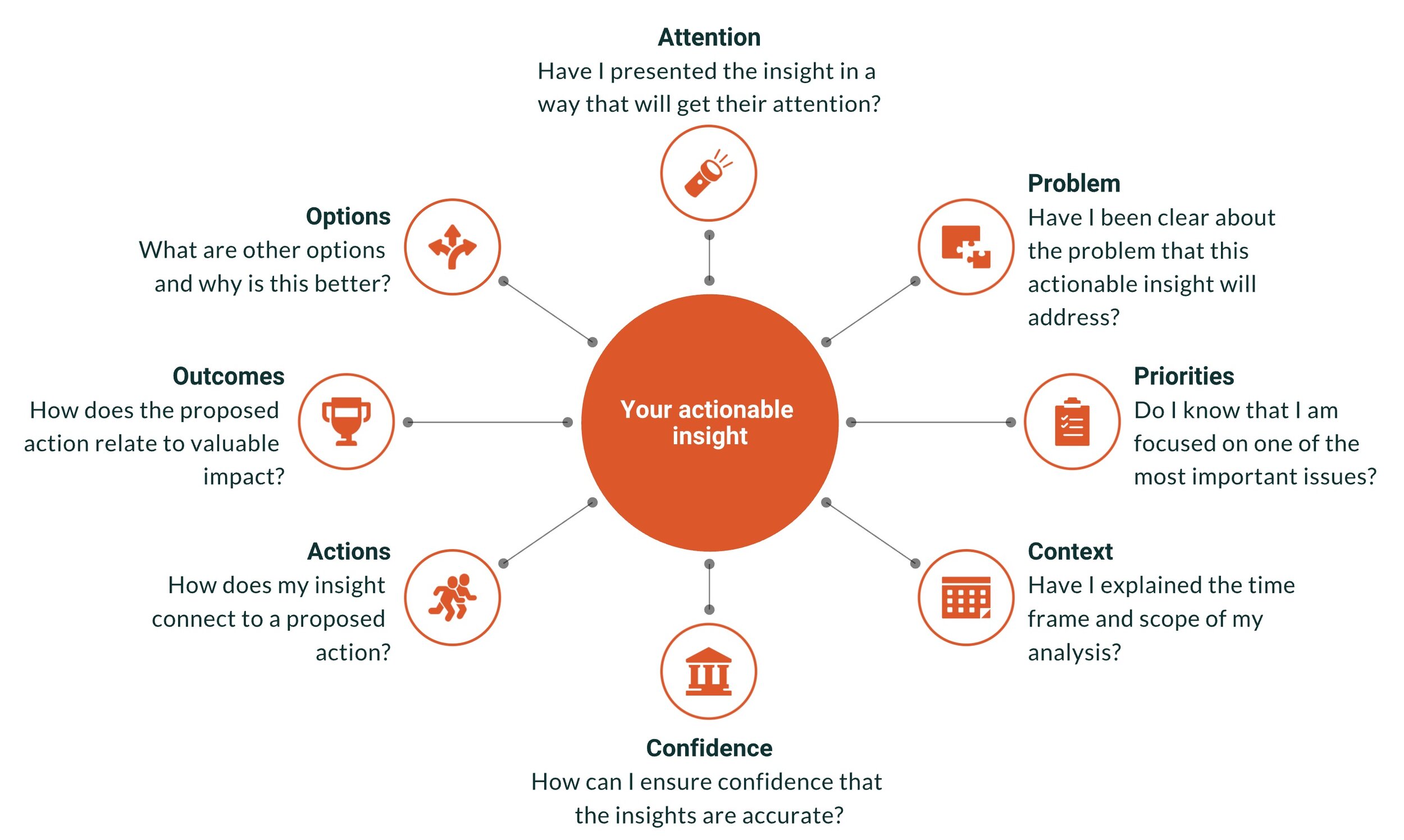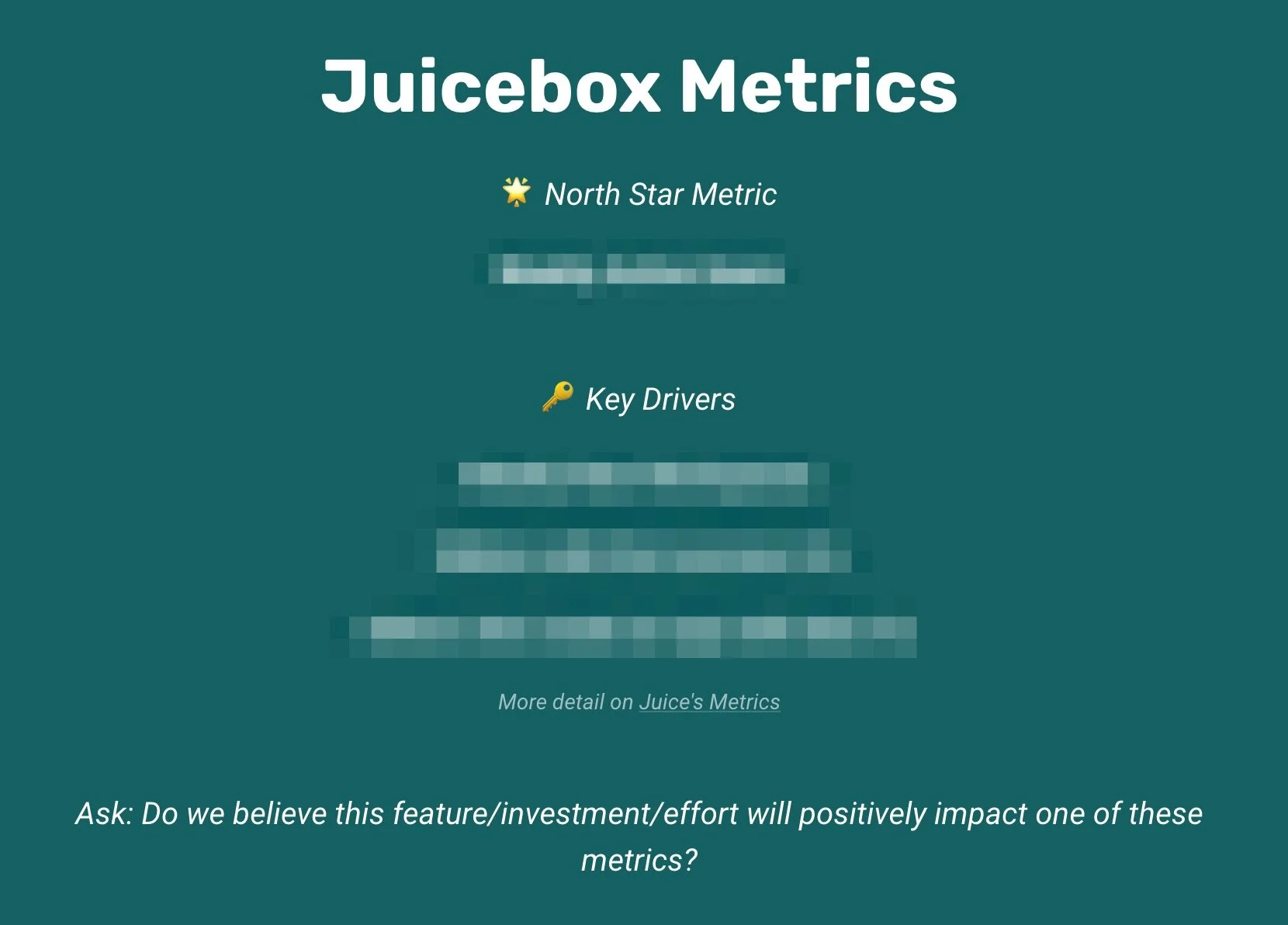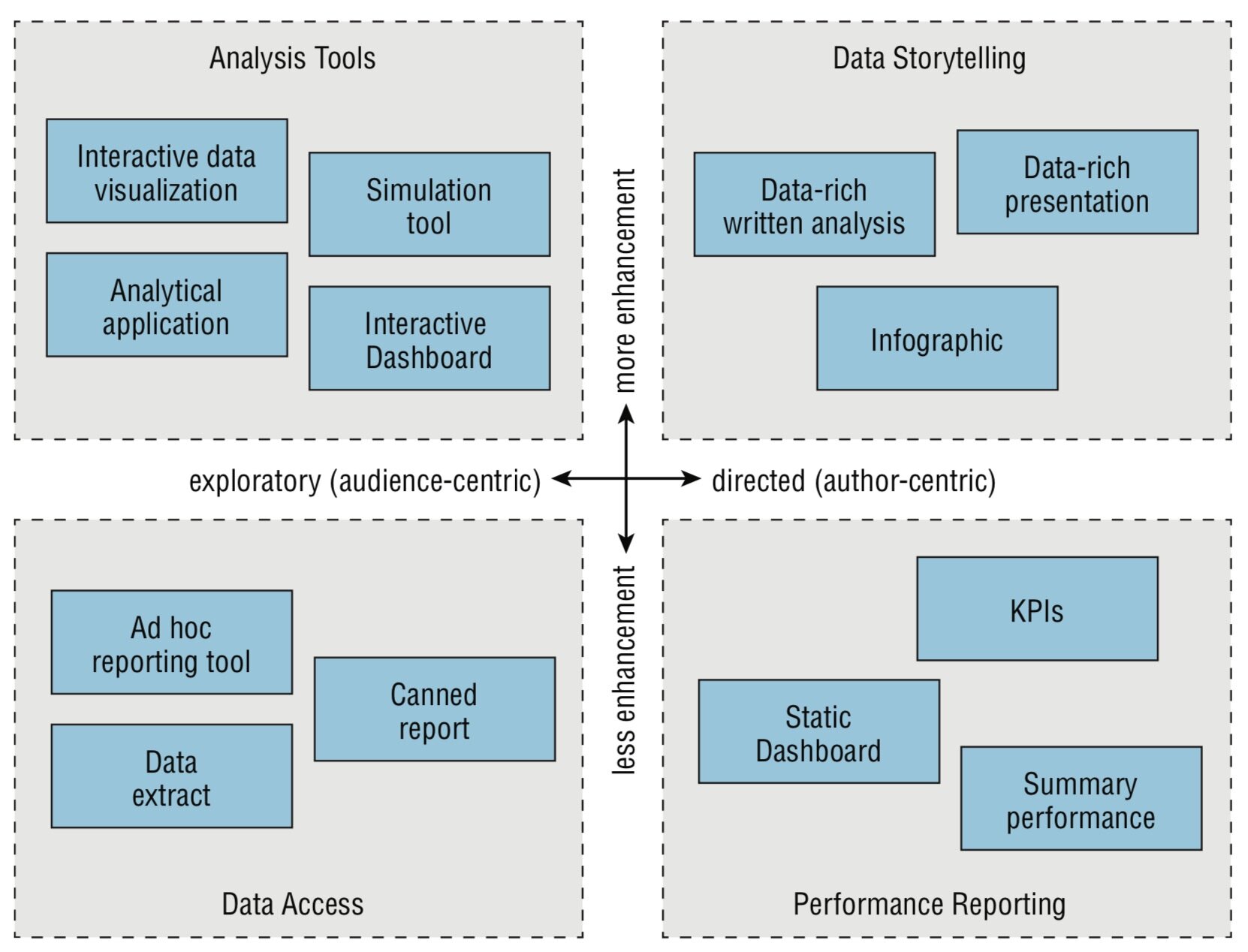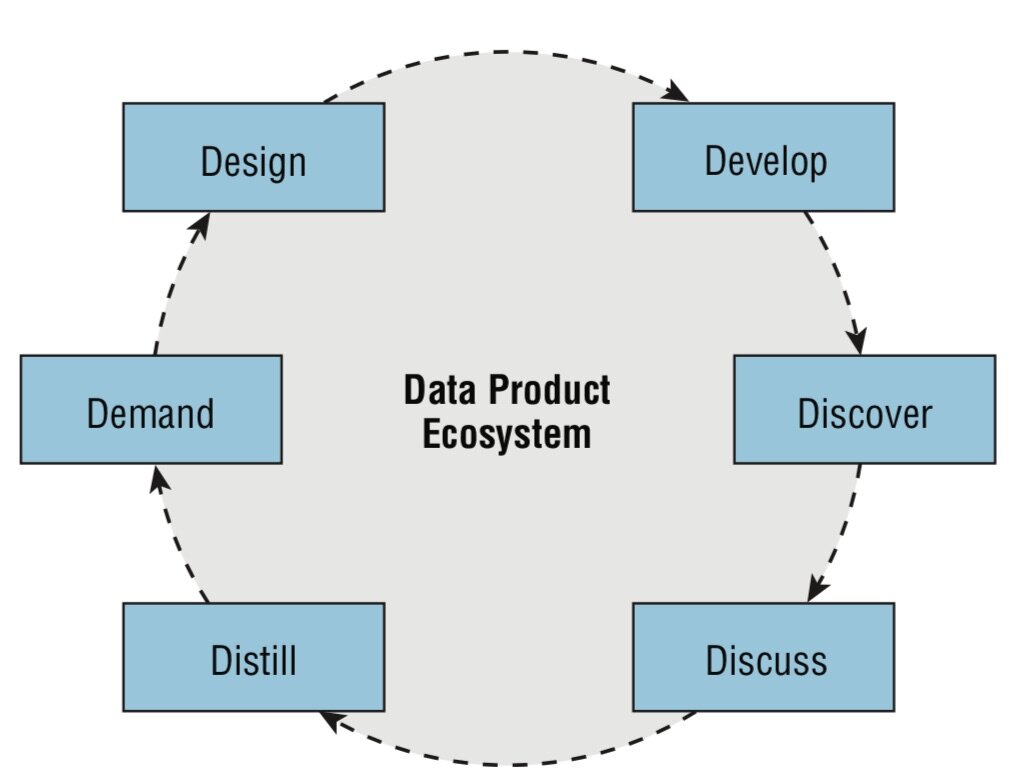When it comes to using data, many organizations are reminiscent of the famous poem “Rime of the Ancient Mariner”:
“Water, water, every where, Nor any drop to drink”.
Data is everywhere, but it seldom seems to quench the thirst for smarter decisions. (As a side-note, this poem originated the phrase “albatross around your neck” — which is how a lot of CIOs and CTOs feel with both the data and expectations.)
Creating value from data is a complex puzzle, one that few organizations have solved. While there isn't a simple answer (and thus why so many organizations struggle), the good news is that understanding the nature of the problem offers a starting point for our path forward.
The symptoms we see are varied: lack of management support, lack of end-user adoption; poorly defined requirements; data warehouse projects that never seem to finish. And for each of these problems, the data industry has crafted different “solutions” or technologies to try to address them.
But it can feel like putting your fingers into holes in a dam that is about to burst. There is something fundamentally wrong that another AI/ML tool can’t fix.
What does it take for an organization to be able to unlock the value in its data?
We feel that the broken foundation of data relates to the concept of data fluency.
Sure, data fluency requires analytical tools, the ability to handle and manipulate data. But that isn’t what it is about. On balance, it is more about communication, people with data skills, and…perhaps most importantly…leadership and expectations to build data fluency in an organization.
This is how we think about it: data fluency requires capabilities both at an individual level and an organizational level.
In addition, it exists for both consumers of information and for those people who create the reports, dashboards, and analyses…data product authors.
The four pillars that make up a data fluent organization
You need to create people who can understand data in the same way as they read an e-mail. What does it take for someone to be data literate?
They need to understand where data comes from; how to find insights in that data; be an educated and critical consumer of “data products”; and speak the language of data.
People like Ben Jones are leading the way in data literacy training.
How about the people who author the data products?
A data fluent organization needs a healthy group of these people with the skills to design reports, dashboards, analyze data and create the presentation that explains the analysis.
This is the domain of data storytelling. We’ve got a lot to share in this area.
The organization needs to build a culture that embraces the use of data.
This is one of the most difficult pillars to influence quickly. It requires top-down leadership and broad programs that drive a shared perspective on data.
Nobody understands how to plot a roadmap to a data fluent culture better than Valerie Logan at The Data Lodge.
Finally, you need to put in place the tools and processes for the creation, sharing, and use of quality data products.
Like organization culture, there are no shortcuts here.
But there are quick wins. Juicebox is our nimble, business-user friendly solution for creating the kinds of engaging data products that end-users will love.
For those organizations willing to build a strong foundation, these four pillars provide a starting point to evaluate your current situation and chart a path.

